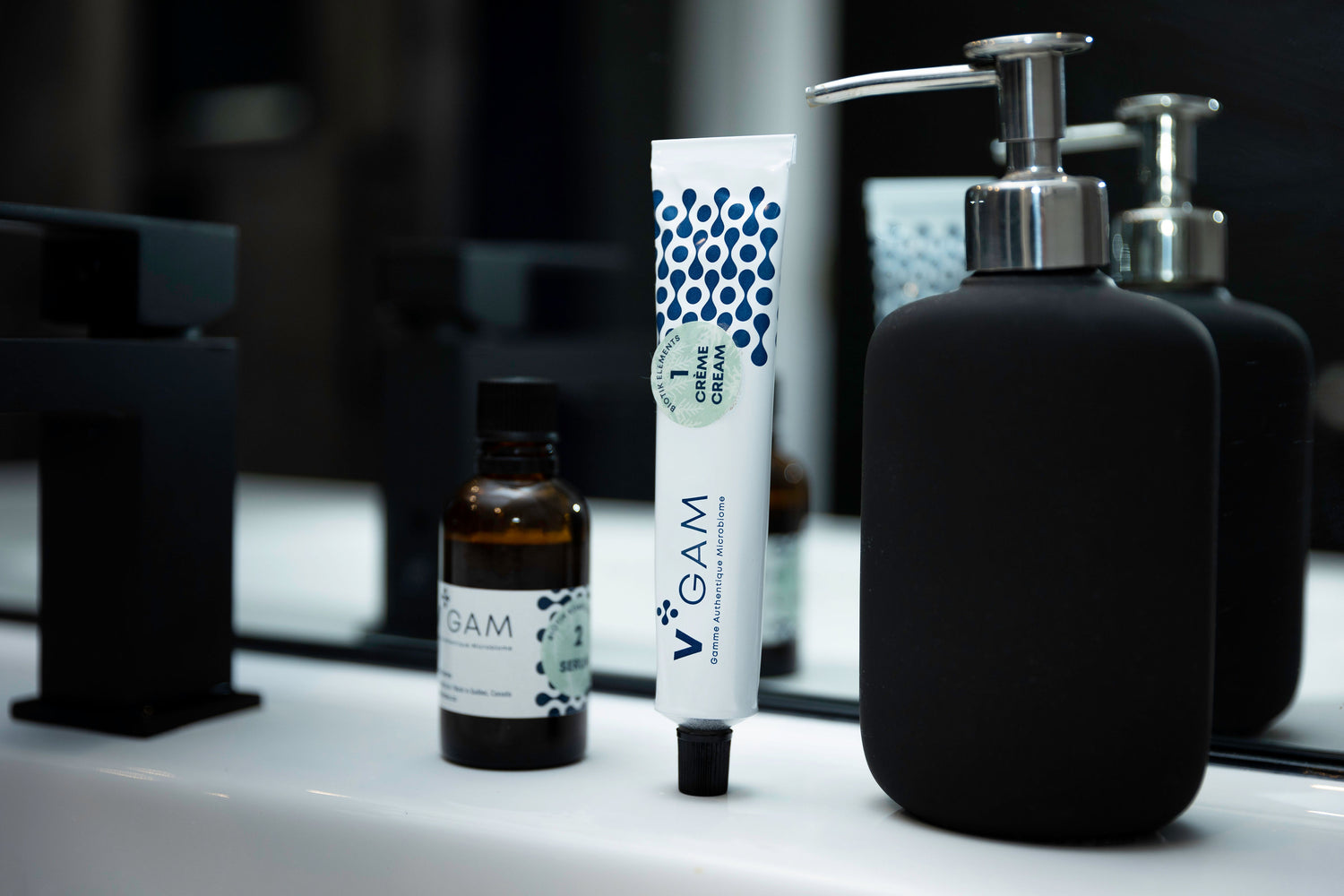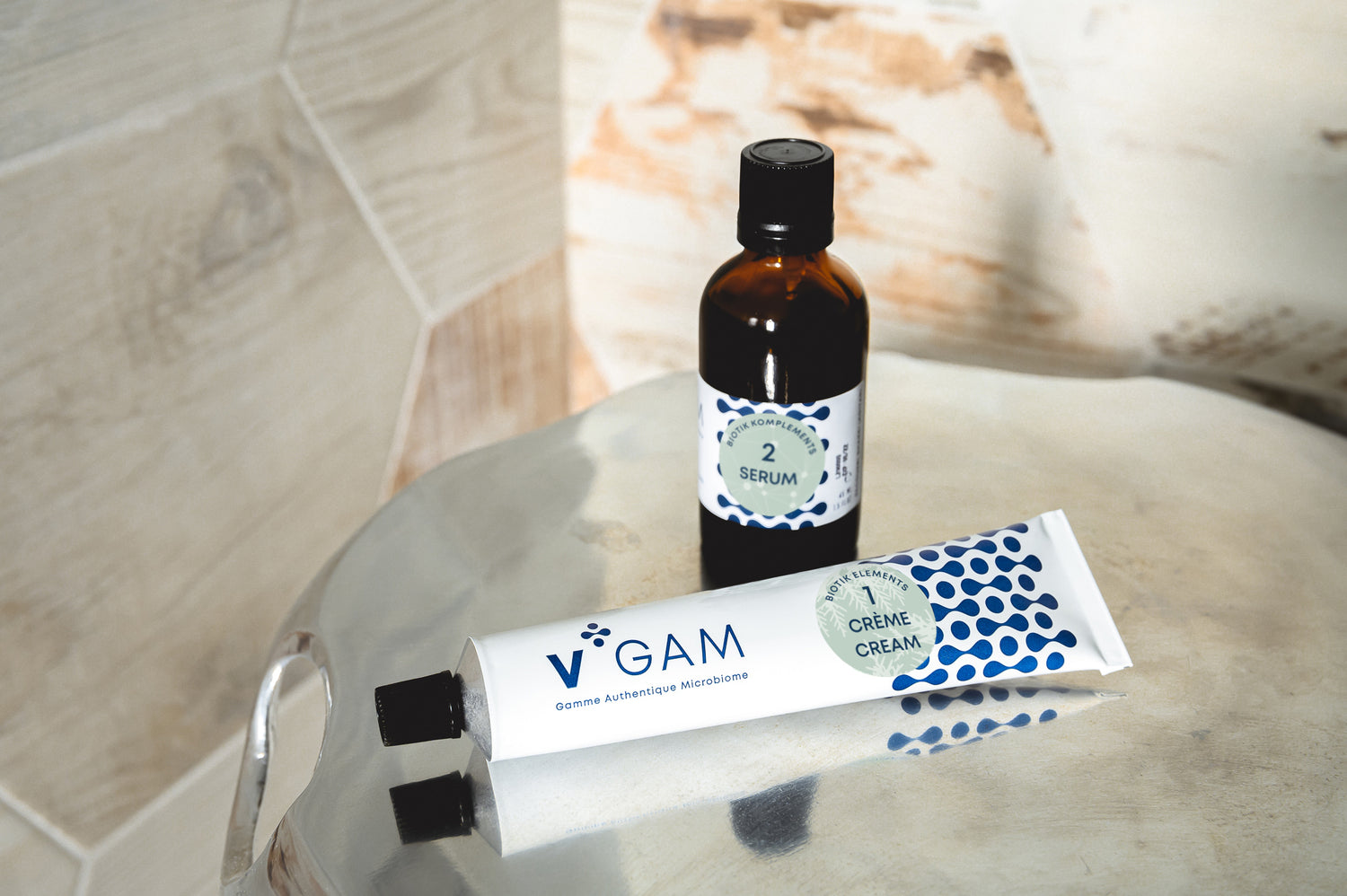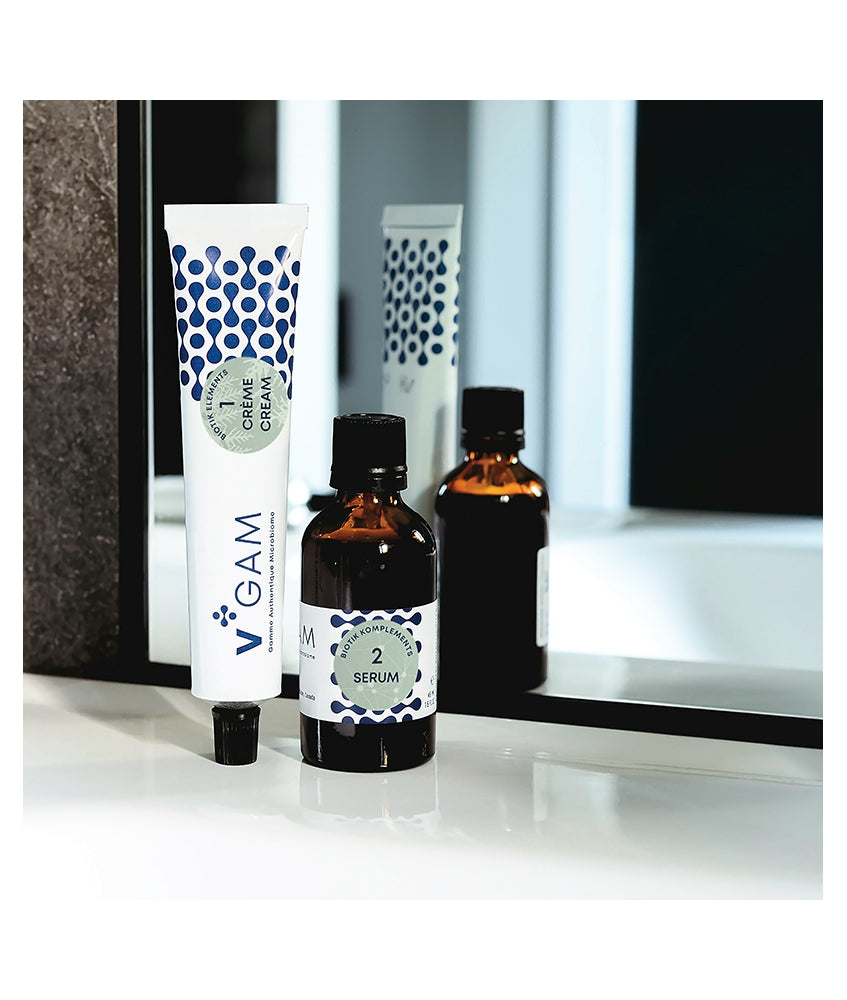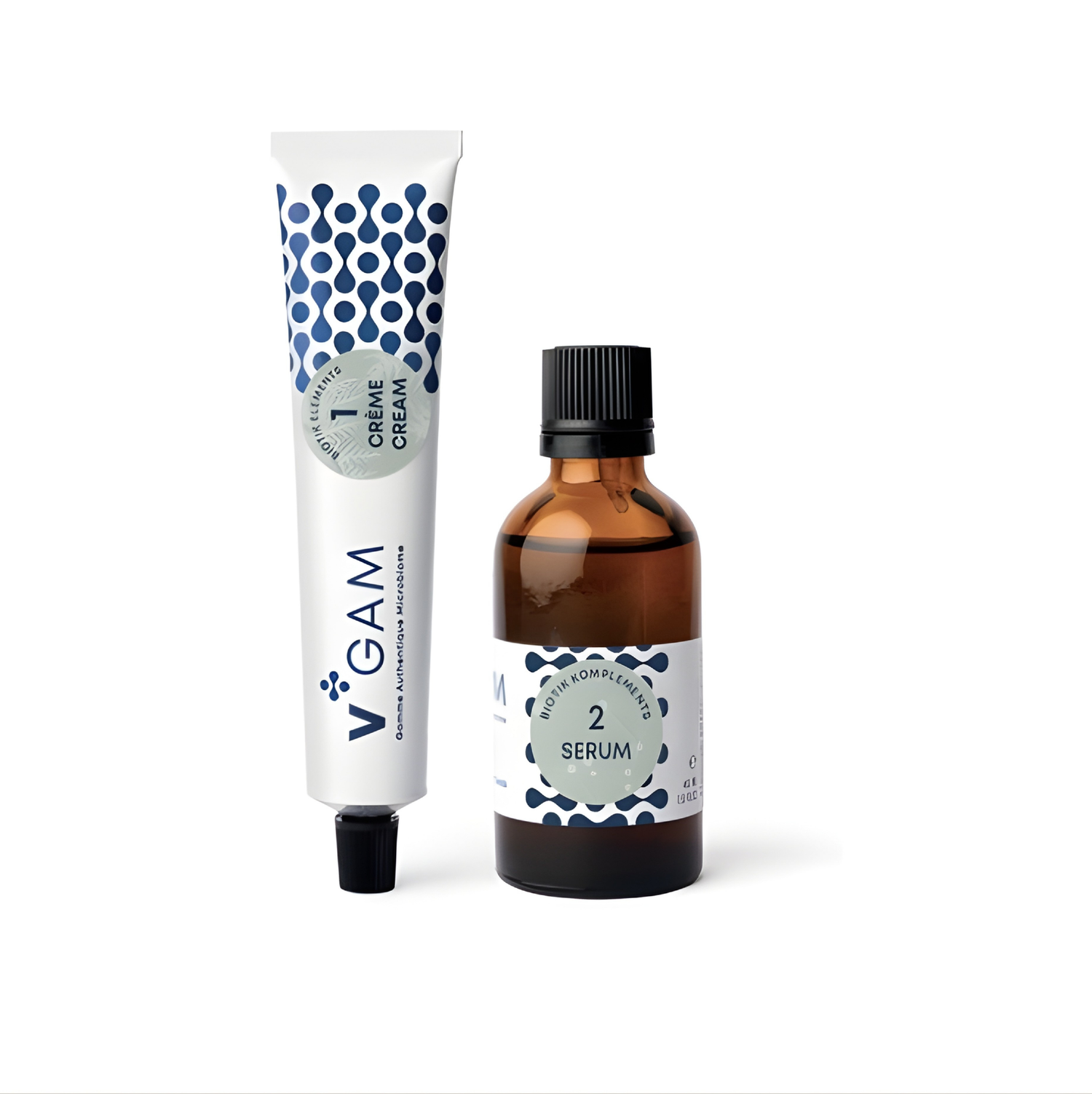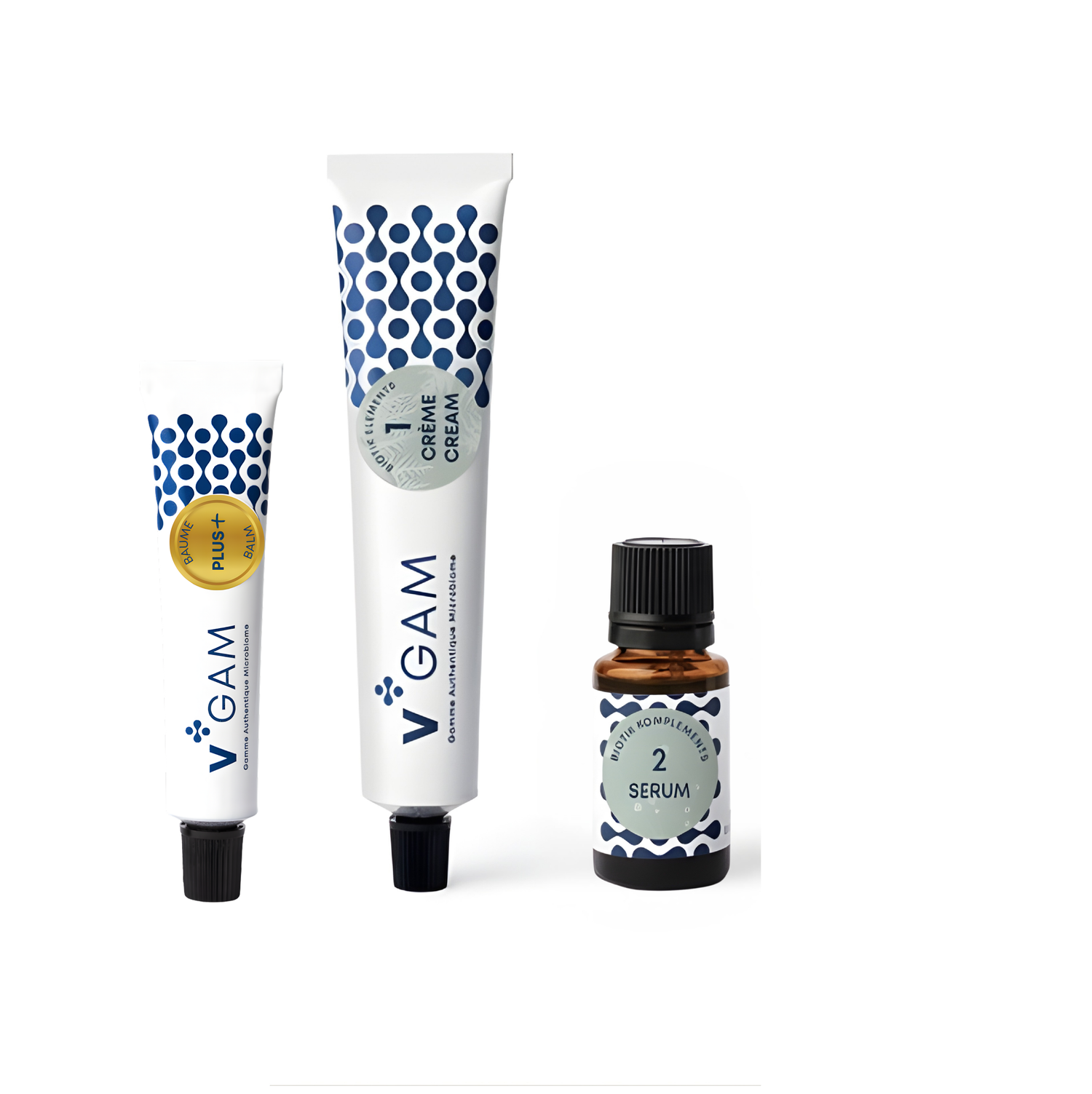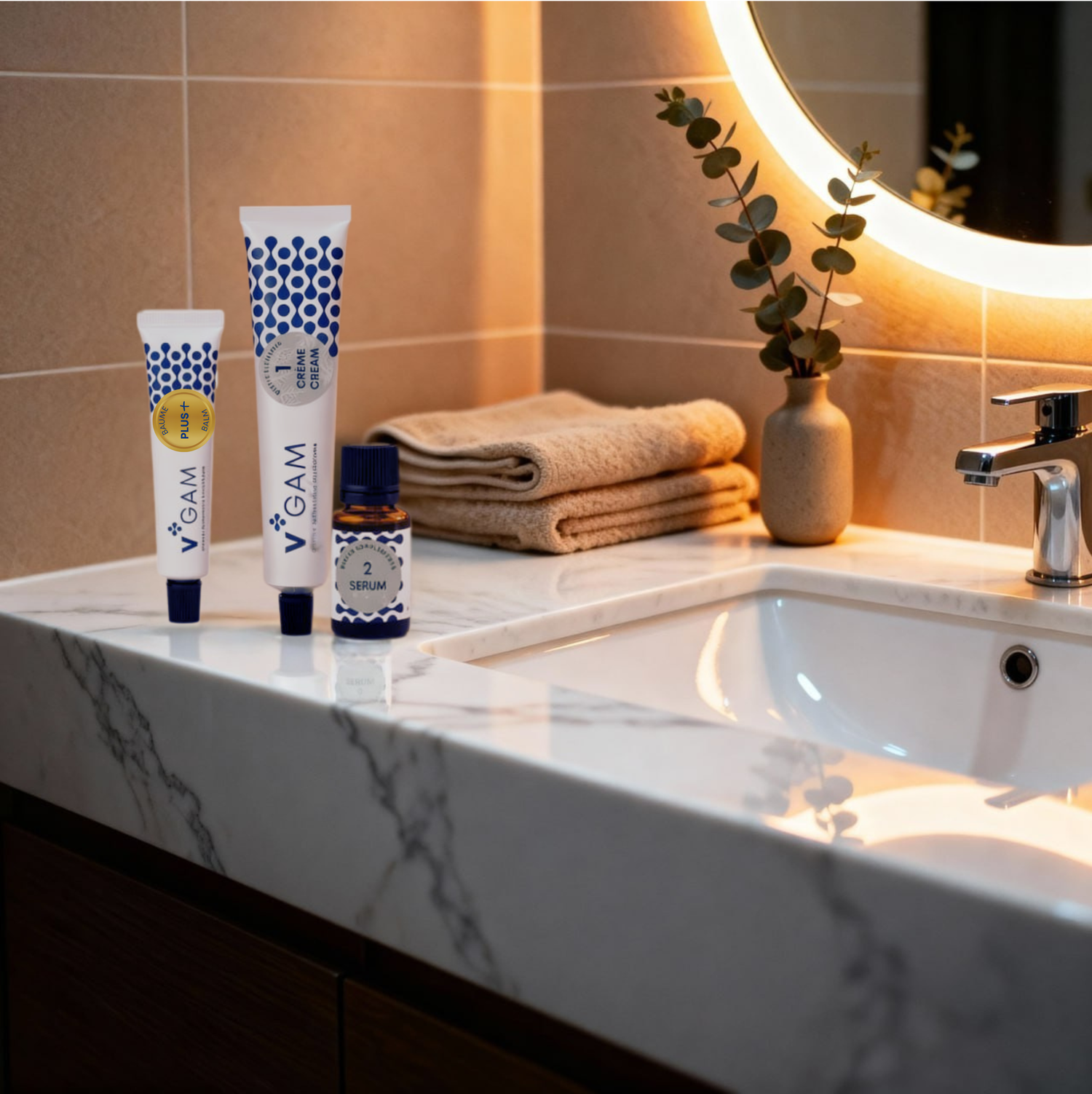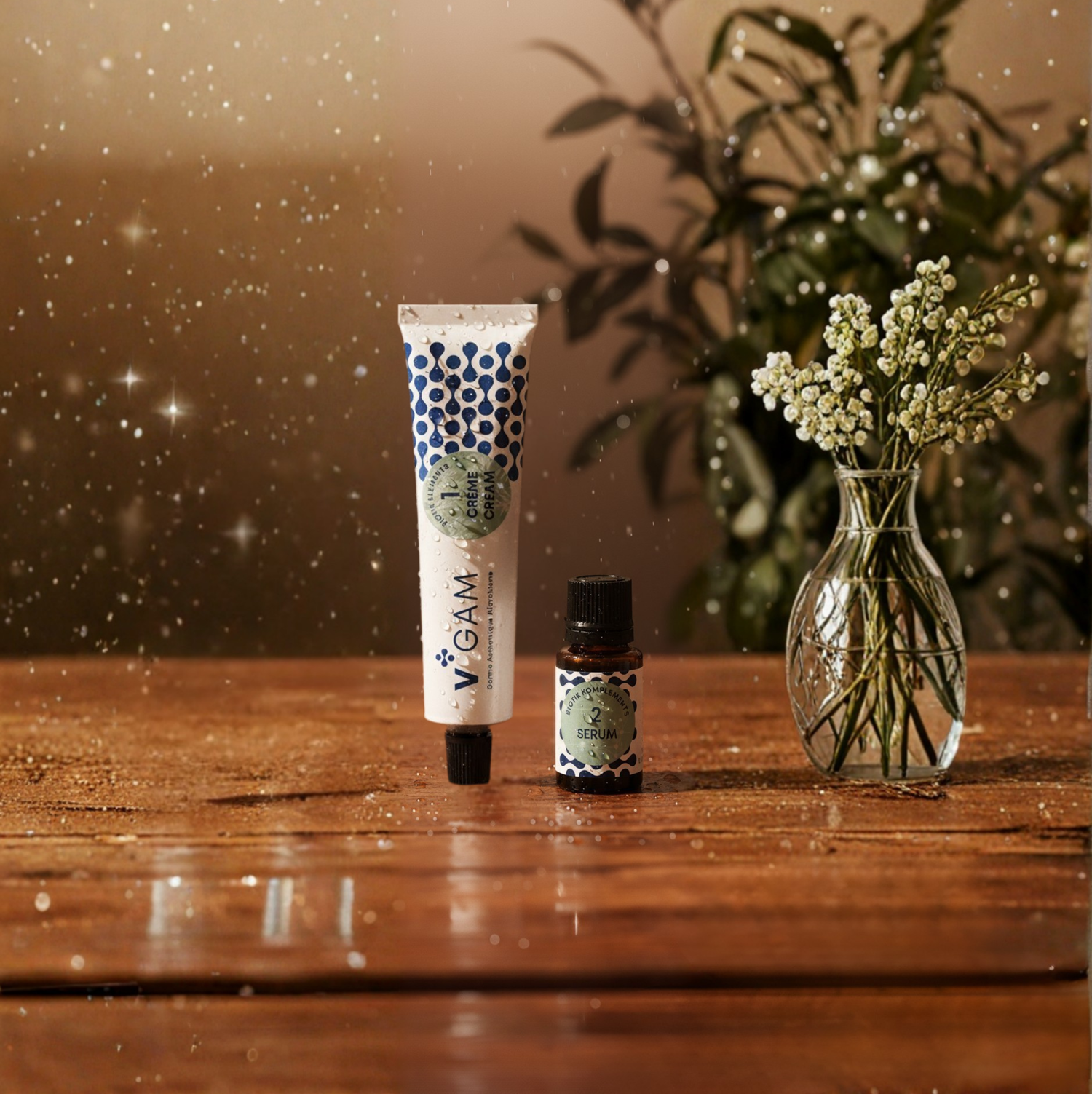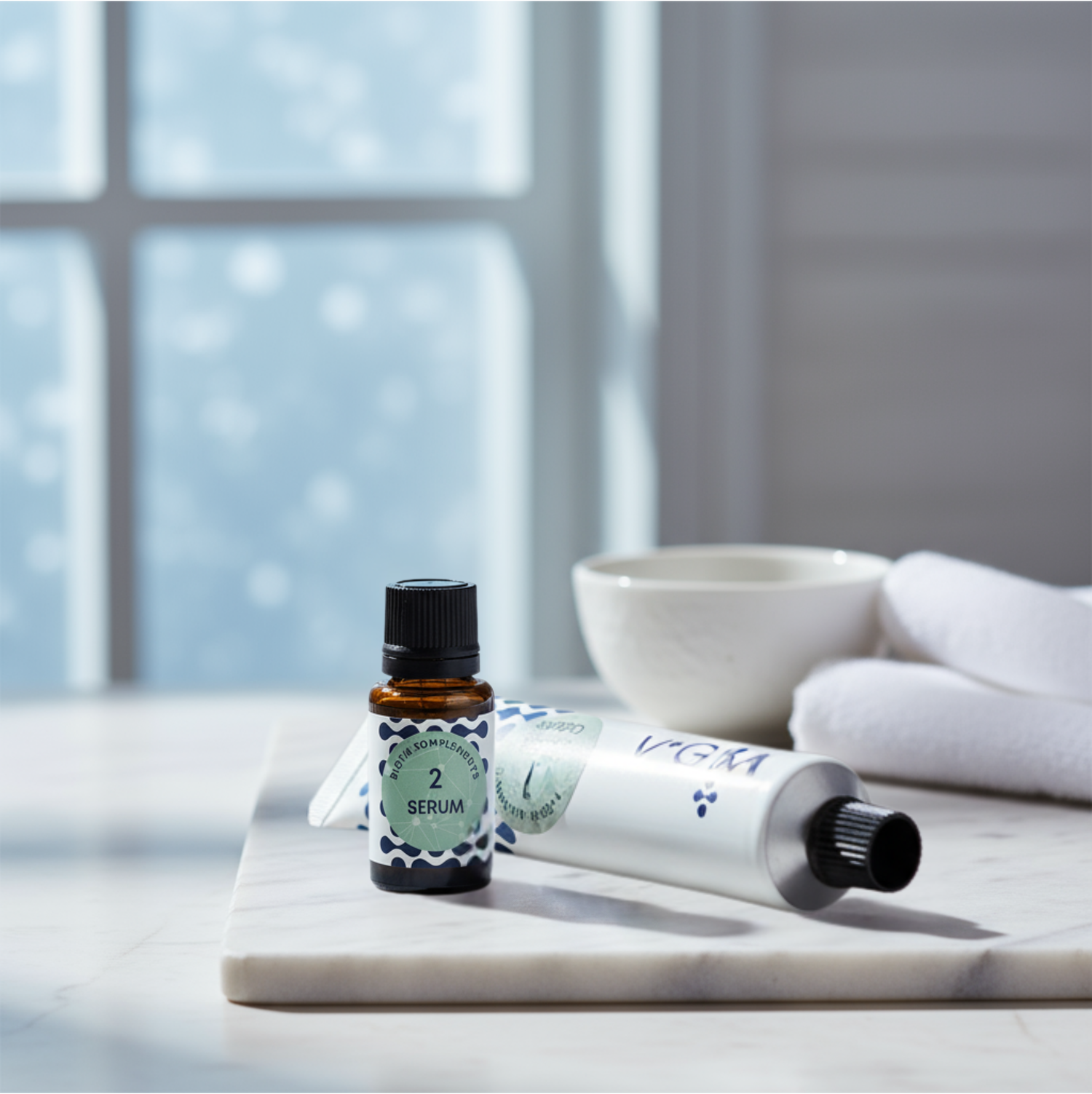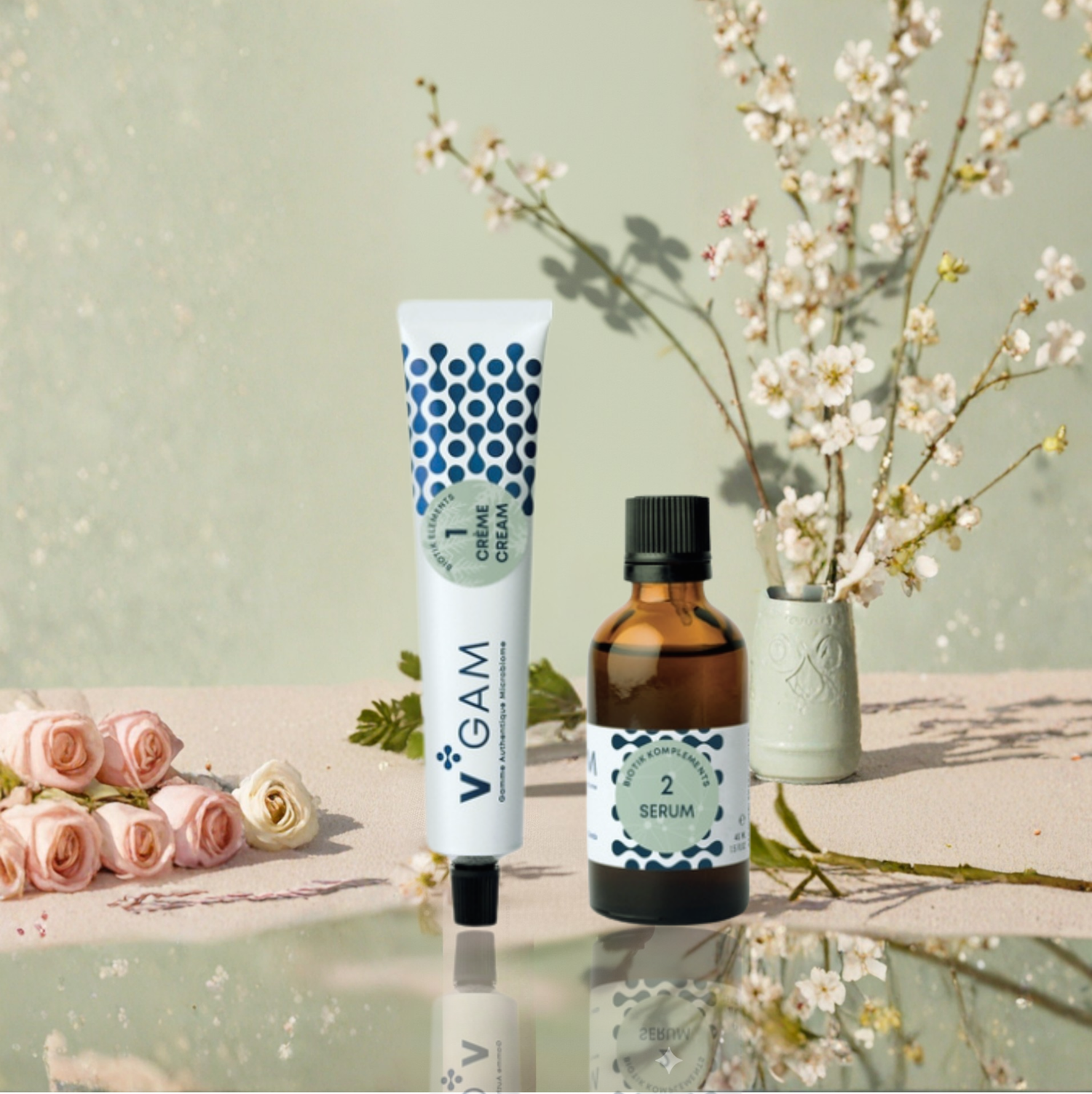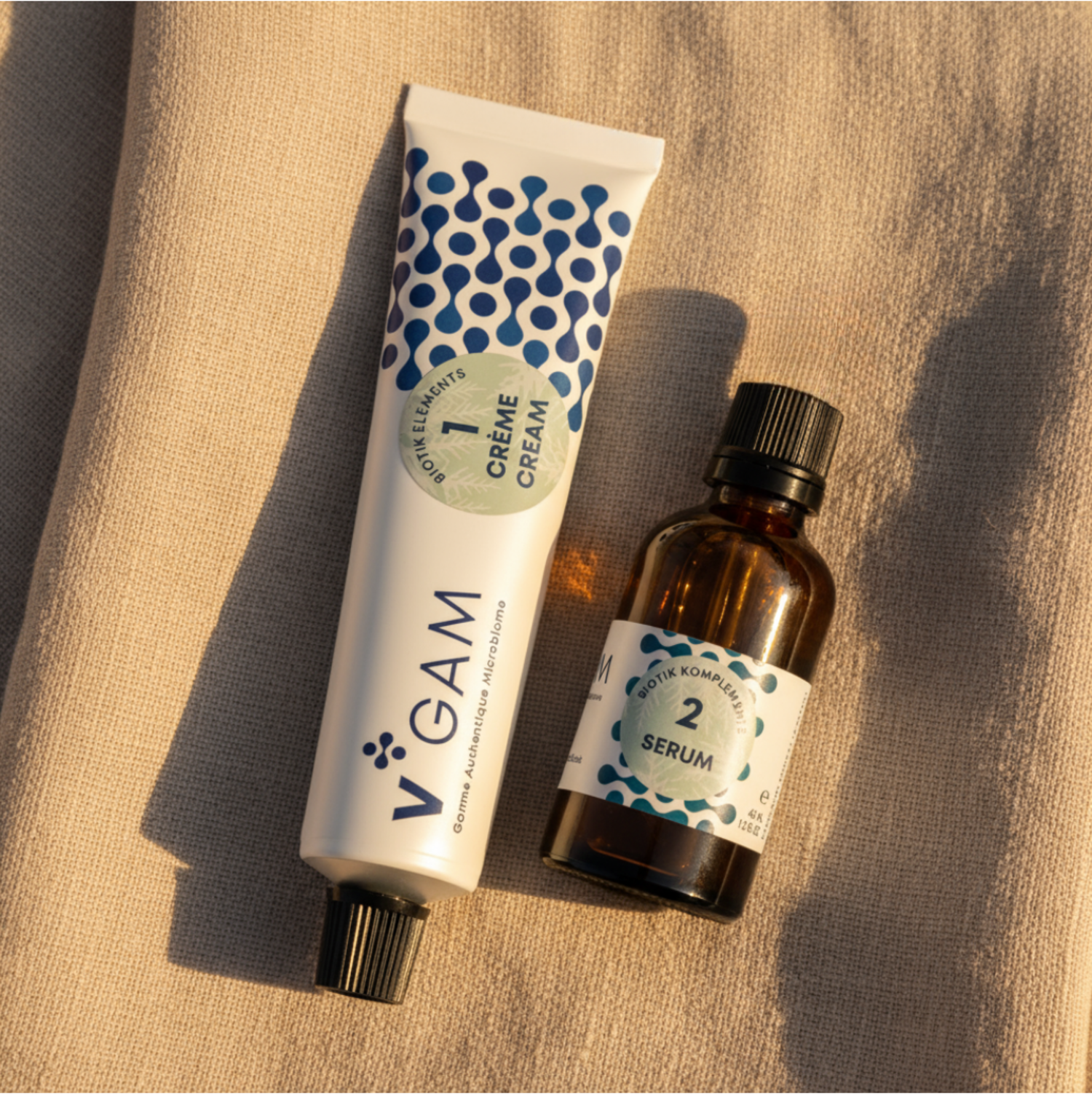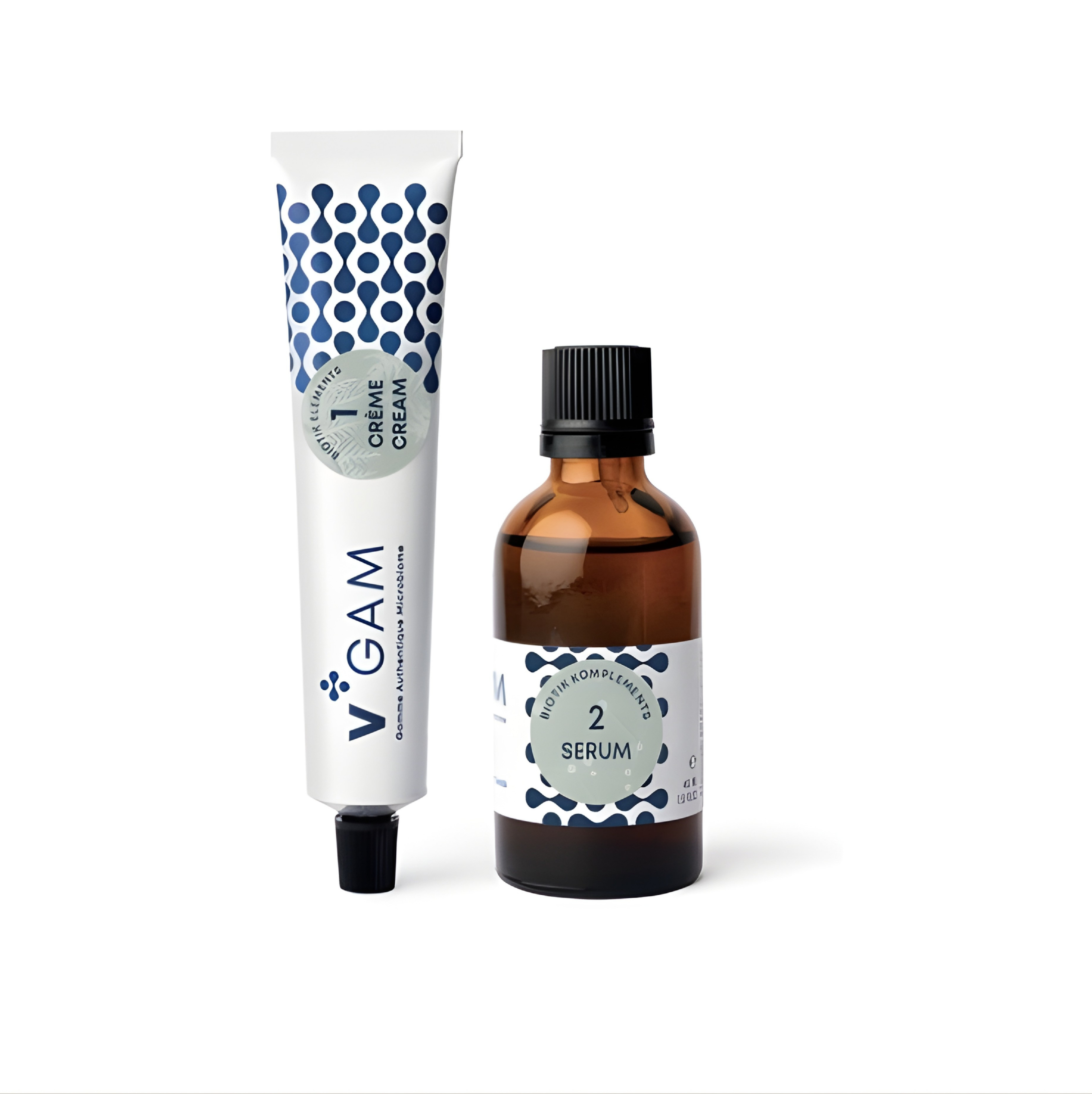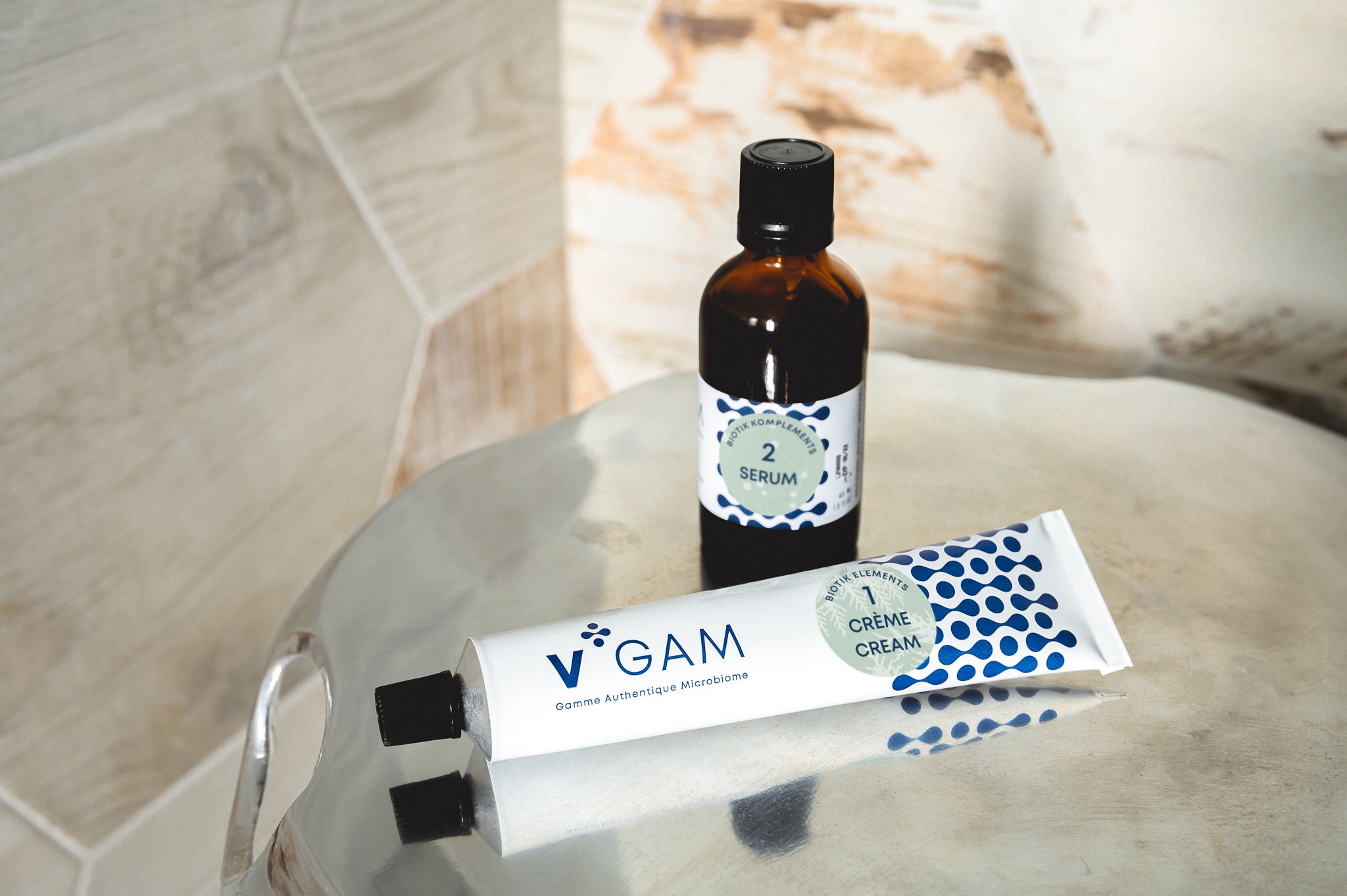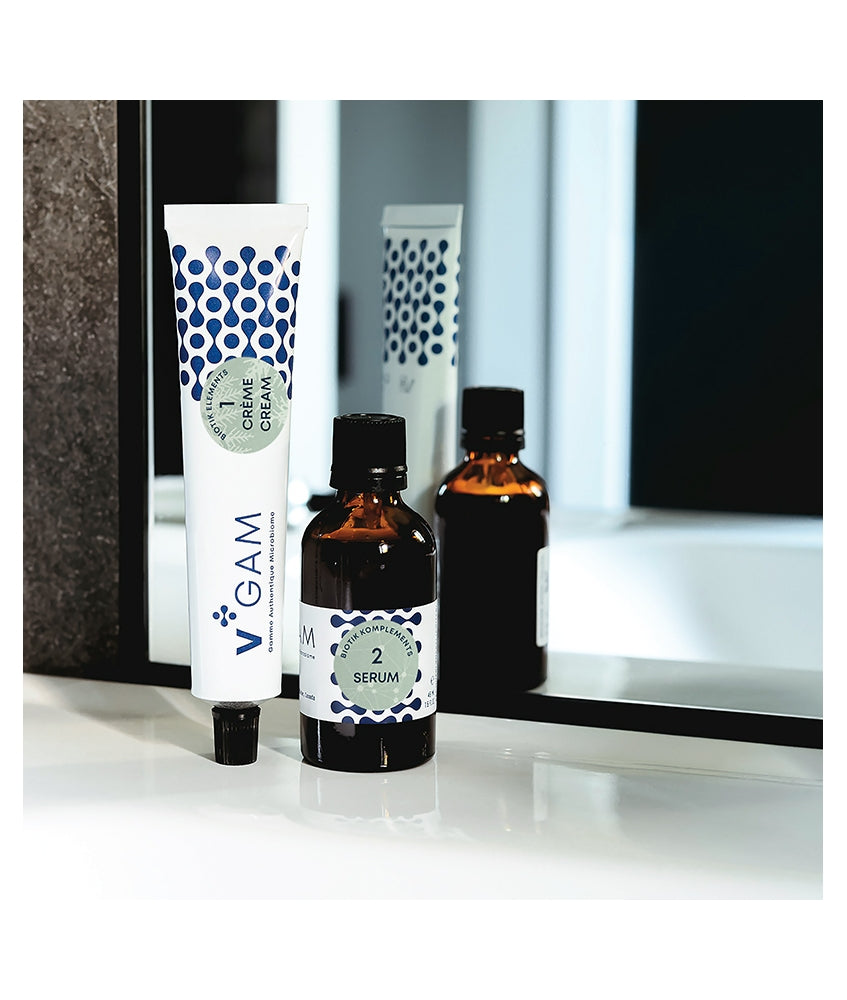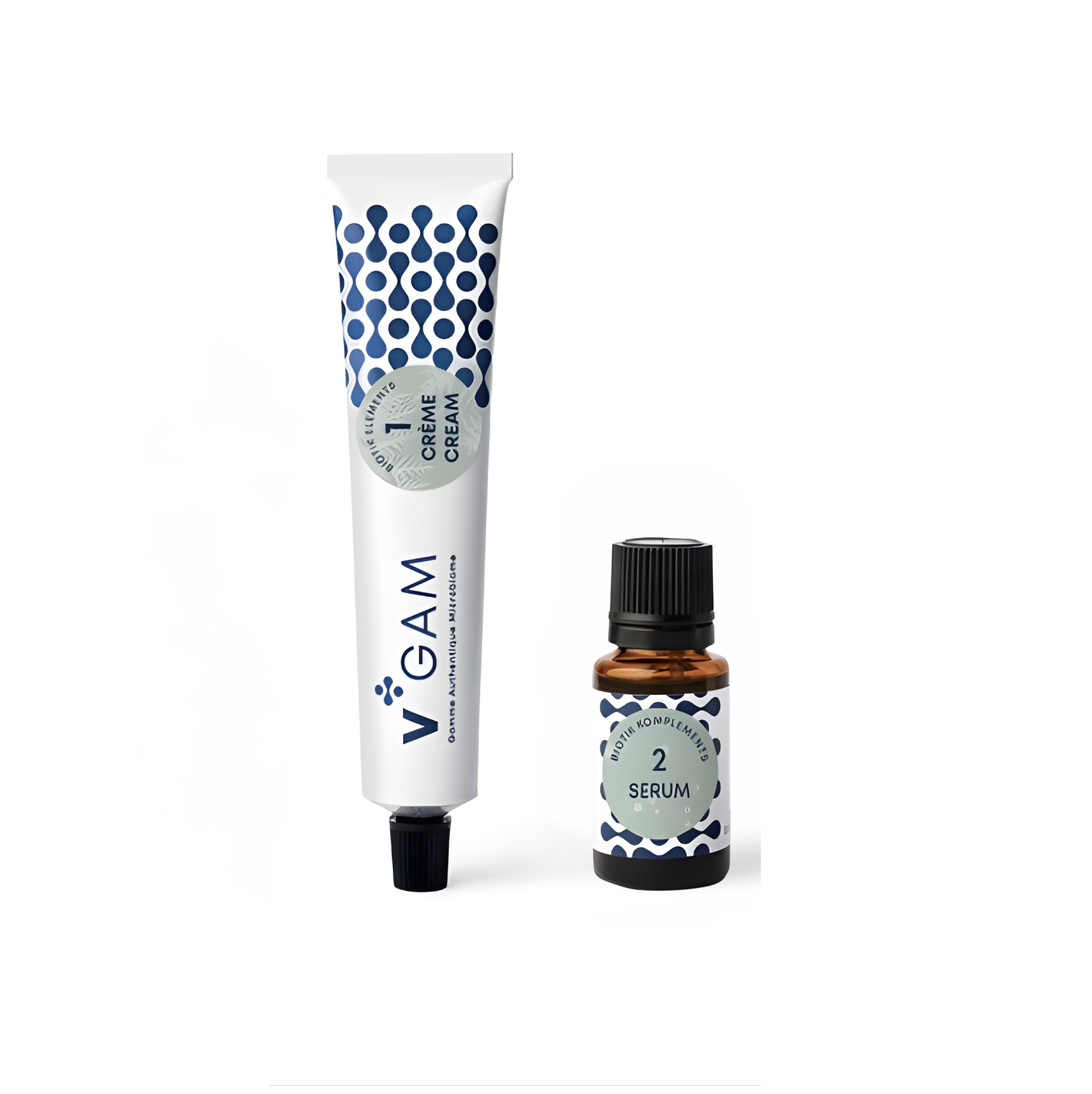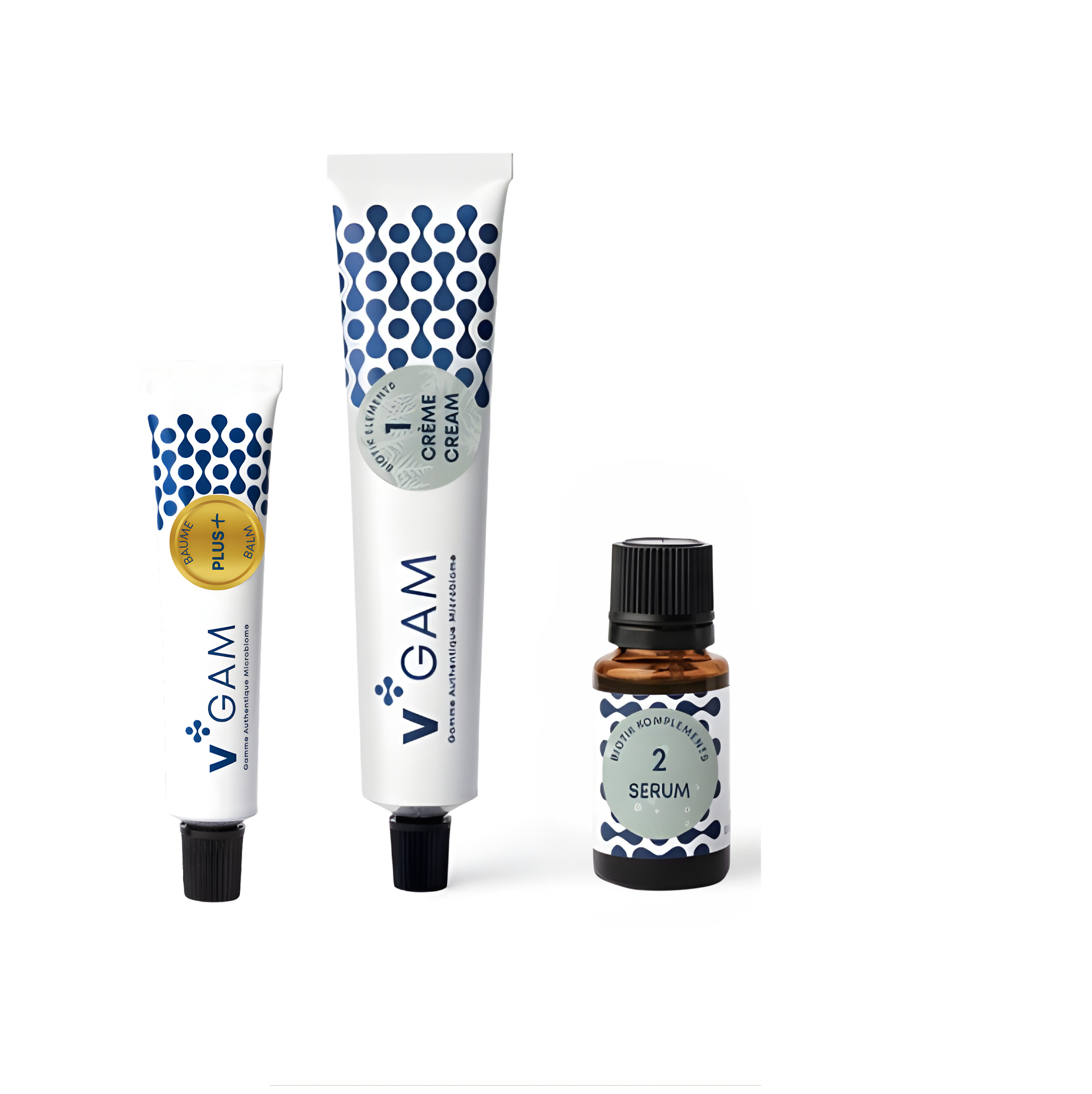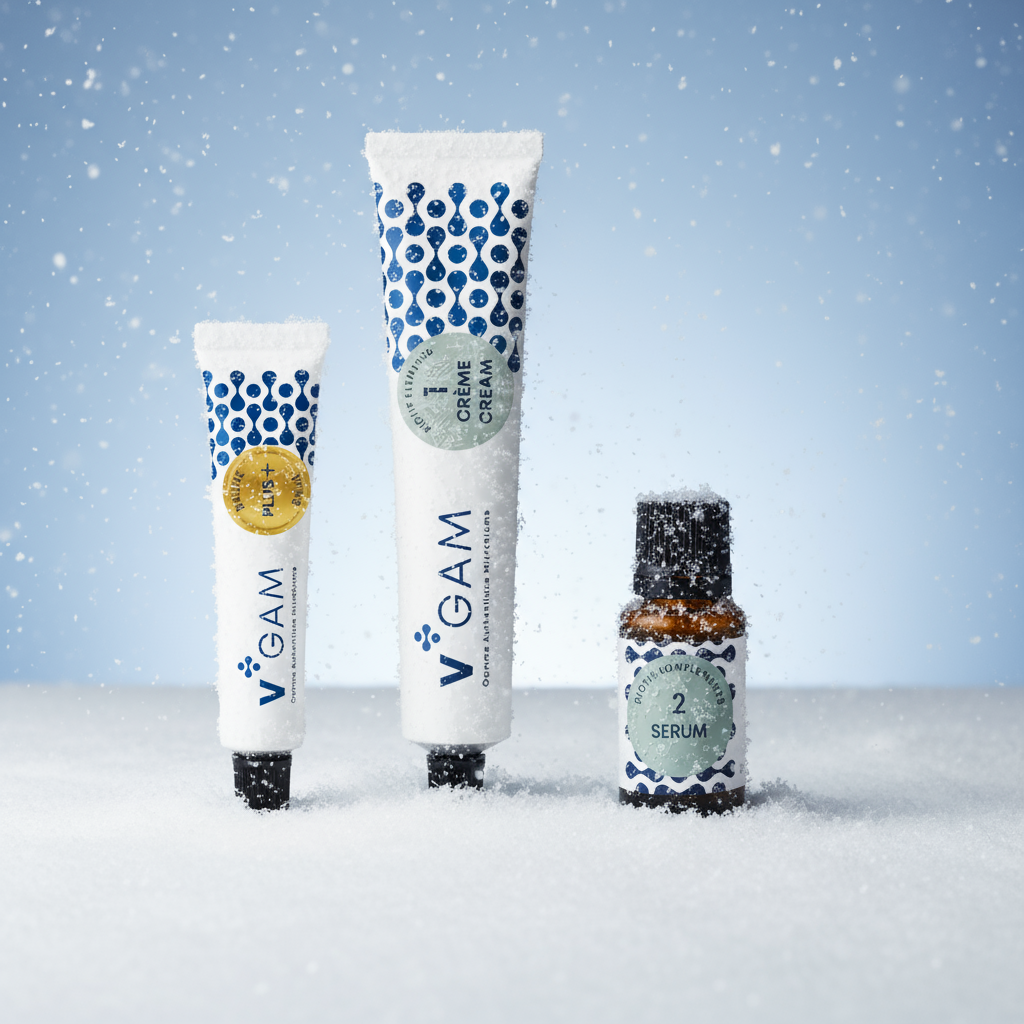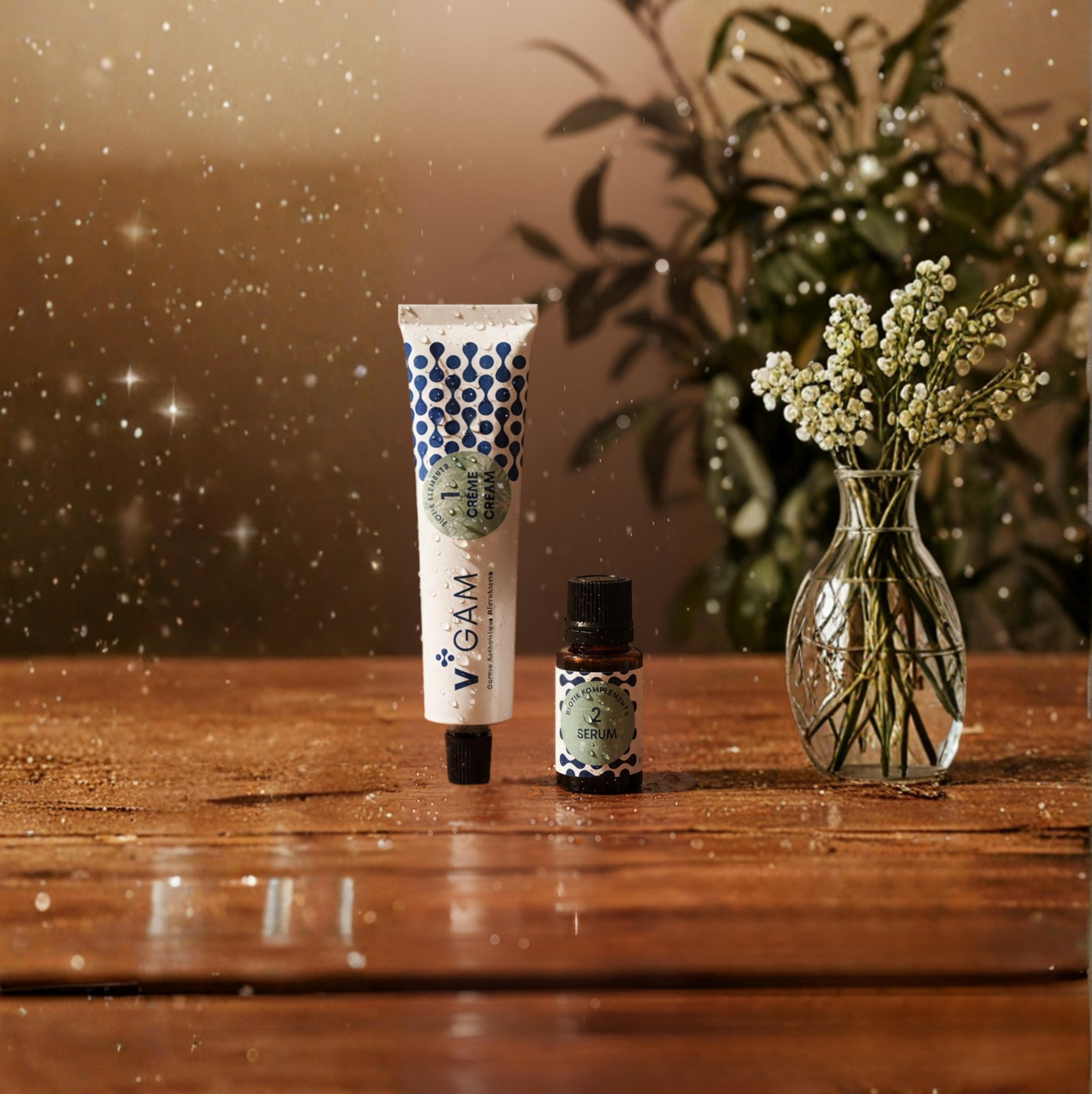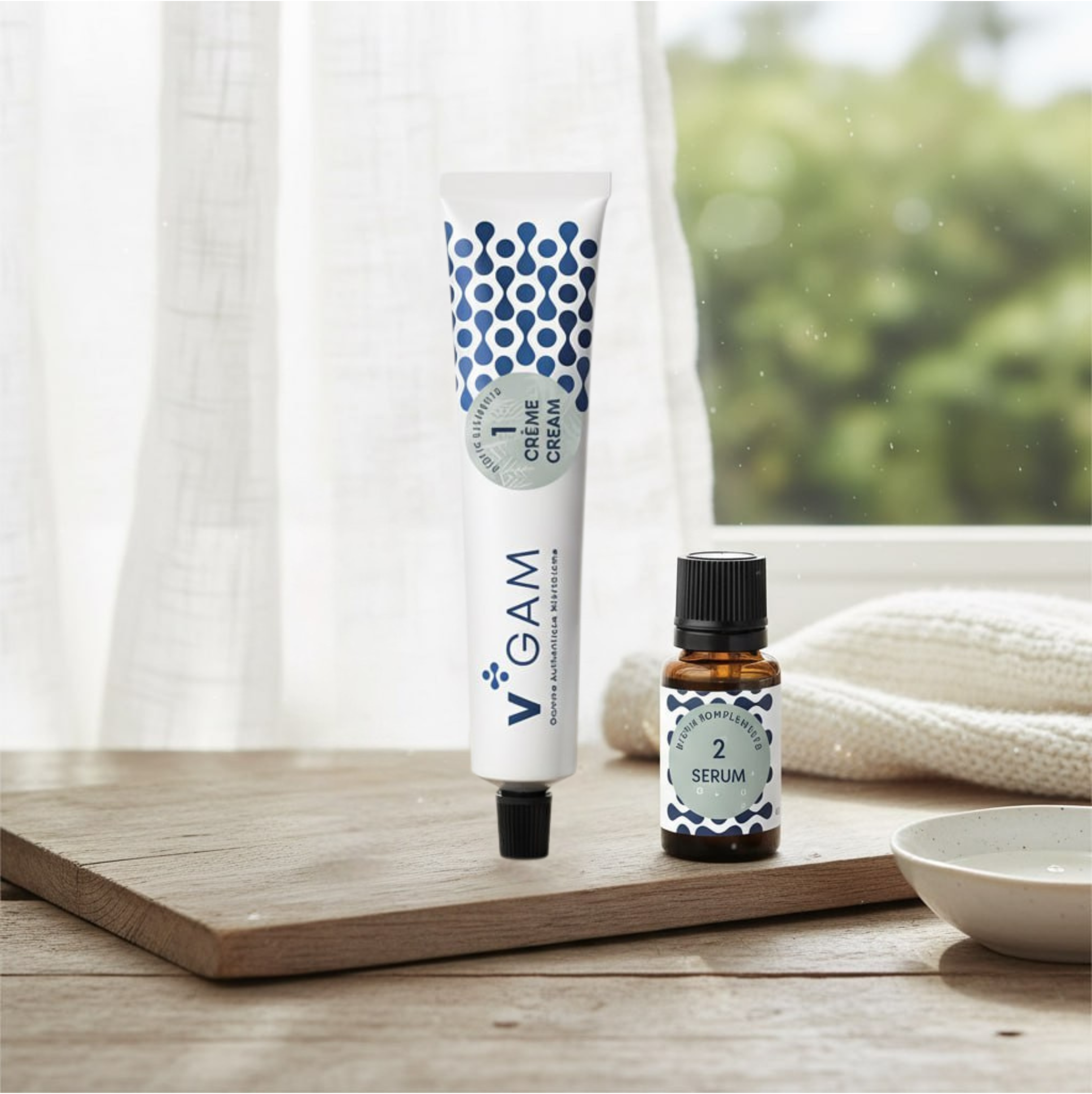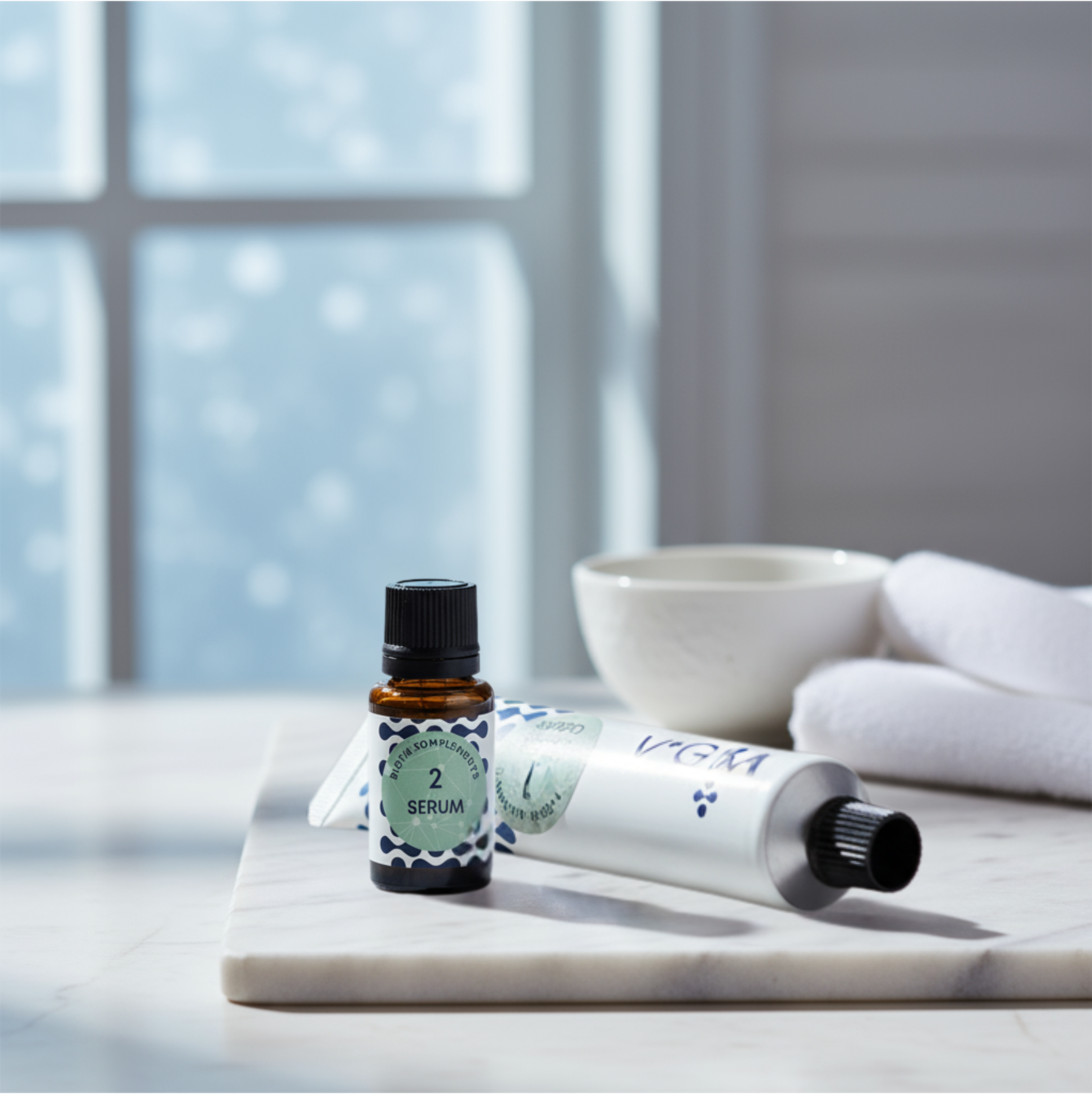Your skin isn’t just a protective barrier—it’s your body’s largest organ and home to a vibrant, living ecosystem: the skin microbiome. This diverse mix of bacteria, fungi, and viruses helps maintain skin health by regulating inflammation, supporting immunity, and protecting against environmental stress. When this balance is disrupted, conditions like psoriasis, eczema, and vitiligo may develop.
What Is Vitiligo?
Vitiligo is an autoimmune condition where the immune system mistakenly targets melanocytes—the cells that produce pigment—leading to white patches on the skin, hair, and mucous membranes. It affects roughly 1% of the global population (ranging from 0.06% to 2.28% in studies).
There are several types:
- Focal Vitiligo: A few isolated patches
- Nonsegmental Vitiligo: The most common form, appearing symmetrically on both sides of the body
- Segmental Vitiligo: Localized to one area, often following developmental patterns called Blaschko lines*
- Acrofacial Vitiligo: Affects the face, hands, and feet
- Mucosal Vitiligo: Appears around the lips, genitals, or other mucous membranes
- Universal Vitiligo: Involves widespread depigmentation across the body
While it may begin with a few patches, it can progress. One study found that 23% of people with focal vitiligo developed nonsegmental vitiligo within 2–5 years.
What Causes Vitiligo?
Vitiligo stems from complex interactions between genetics, immune function, and environmental triggers. Research highlights several key mechanisms:
- Melanocyte vulnerability: Pigment cells in vitiligo are more sensitive to oxidative stress and replicate more slowly.
- Autoimmune attack: Immune cells (especially CD8+ T cells) release interferon-gamma (IFN-γ), triggering inflammation and targeting melanocytes.
- JAK/STAT pathway: IFN-γ activates this signalling loop, amplifying immune attacks.
- Resident memory T cells (TRMs): These immune cells remain in the skin and may contribute to relapses. Blocking interleukin-15 (IL-15) could reduce flare-ups.
- Fibroblast variation: Differences in skin structure may explain why some areas respond better to treatment.
- Segmental vitiligo and mosaicism: Genetic mutations in specific skin areas may play a role, though autoimmunity is still involved.
So while the details differ between types, autoimmunity is a common thread in all forms of vitiligo.
Oxidative Stress and the Microbiome
Oxidative stress—cellular damage caused by unstable molecules—is a key factor in melanocyte loss. In vitiligo, melanocytes often show signs of mitochondrial dysfunction. Emerging research suggests the skin microbiome can influence this process by modulating inflammation and oxidative stress responses. A healthy microbiome helps reinforce the skin barrier, which may make the skin more resilient against dysbiosis (microbial imbalance).
The Autoimmune Link
Vitiligo often occurs alongside other autoimmune conditions like, Addison’s disease, Pernicious anemia, Diabetes, Lupus, Psoriasis, Alopecia areata. This overlap further confirms that the immune system plays a central role.
Treatment Options
Current treatments target inflammation, pigmentation, or immune modulation, but not all support the skin barrier or microbiome.
1. Topical corticosteroids (TCSs) and calcineurin inhibitors (TCIs) are common first-line treatments, though they may impair microbiome health with long-term use.
2. Phototherapy, excimer lasers, vitamin D, and epidermal grafting are existing alternatives and may complement microbiome-supportive strategies.
3. Surgery and camouflage techniques can help when other options fail. Because vitiligo can deeply affect self-esteem, psychological support is often just as important as physical treatments.
Emerging Targeted Therapies
Newer treatments like ruxolitinib (a JAK inhibitor) are designed to block specific immune pathways involved in melanocyte destruction. These therapies work by interrupting signals like interferon-gamma (IFN-γ) that drive chronic inflammation. Unlike broad immunosuppressants, they aim to calm the immune attack without compromising overall skin health. Several clinical trials are underway for other treatment options, and early results are promising—offering hope for more precise, effective, and skin-friendly treatments.
Can the Skin Microbiome Help?
Yes. The skin microbiome supports barrier integrity, modulates inflammation, and helps manage oxidative stress.
You can nurture this ecosystem, first by avoiding to strip it from your skin with certain repeated actions (over washing) or “nono” ingredients. There are currently 3 stratégies to support your skin microbiota:
1. Prebiotics – Feed existing beneficial microbes
2. Probiotics – Introduce supportive bacteria
3. Postbiotics – Provide metabolic by-products that help maintain a healthy environment
Recent research shows differences in both skin and gut microbiomes in people with vitiligo. Findings are mixed—some studies report lower microbial diversity, while others show an increase, especially in long-term cases. A higher Firmicutes-to-Bacteroidetes ratio in the gut often suggests dysbiosis.
Lesional skin often has different microbial profiles than unaffected areas, but it’s still unclear whether dysbiosis causes vitiligo or results from it—a classic chicken-and-egg question.
We don’t have all the answers yet, but this much is clear: a diverse, balanced microbiome is essential for skin health. While research continues, supporting your skin’s natural ecosystem is a safe and proactive step.
____
References:
Khan et al. (2024) – Therapeutic options for vitiligo; includes immune pathways, microbiome roles, and alternative therapies.
Kuriakose (2025) – Overview of vitiligo’s molecular mechanisms, including oxidative stress, genetic risk, and microbiome dysbiosis.
Nicolaidou et al. (2023) – Clinical types and standard treatments for vitiligo.
Wang et al. (2025) – Gut and skin microbiome differences in vitiligo; dysbiosis links and immune interactions.
Zhou et al. (2023) – Role of microbiome therapies (pre-, pro-, postbiotics) in managing vitiligo and other inflammatory skin diseases.





